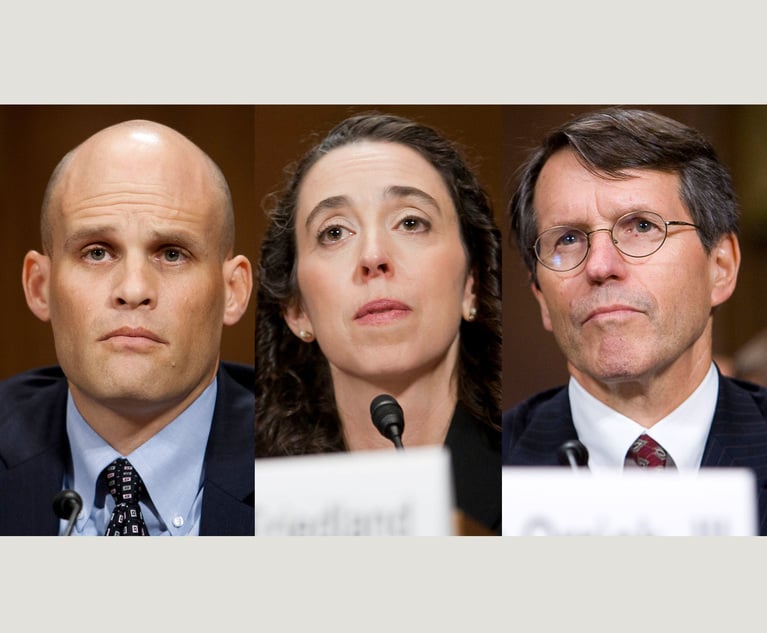It’s been nearly a year since the U.S. Supreme Court ruled in Carpenter v. U.S, establishing murky rules to govern law enforcement access to the cell-site records that map the movements of anyone who carries a cellphone.
To Orin Kerr, a professor at USC Gould School of Law, the decision signals a new era in Fourth Amendment jurisprudence. We caught up with Kerr by email to ask about the pressures that digital technology places on the Fourth Amendment and where things go next.
This content has been archived. It is available through our partners, LexisNexis® and Bloomberg Law.
To view this content, please continue to their sites.
Not a Lexis Subscriber?
Subscribe Now
Not a Bloomberg Law Subscriber?
Subscribe Now
LexisNexis® and Bloomberg Law are third party online distributors of the broad collection of current and archived versions of ALM's legal news publications. LexisNexis® and Bloomberg Law customers are able to access and use ALM's content, including content from the National Law Journal, The American Lawyer, Legaltech News, The New York Law Journal, and Corporate Counsel, as well as other sources of legal information.
For questions call 1-877-256-2472 or contact us at [email protected]








